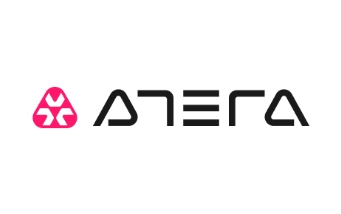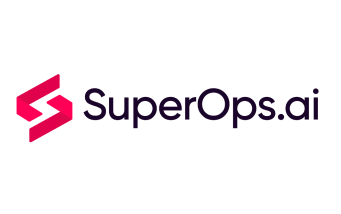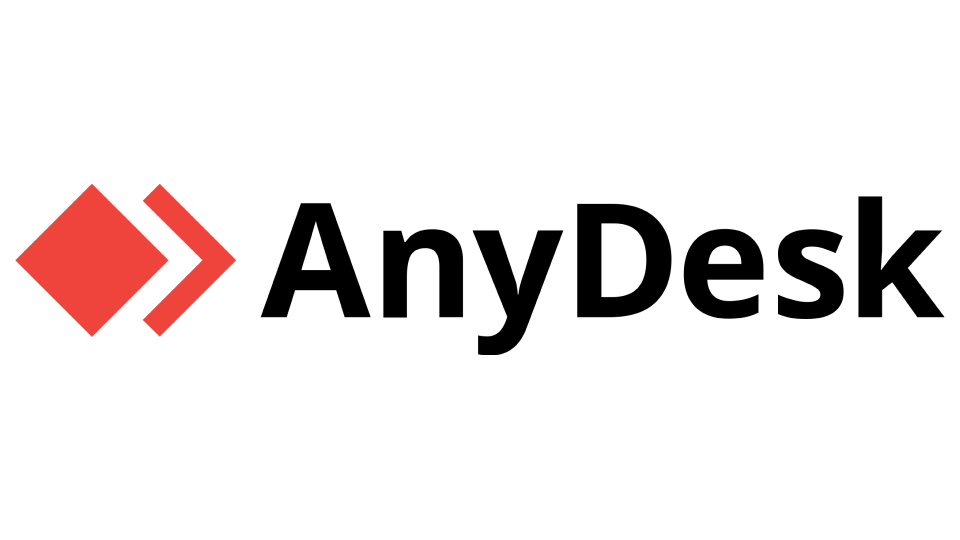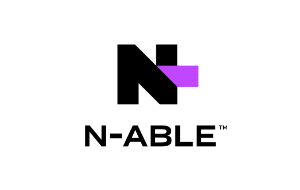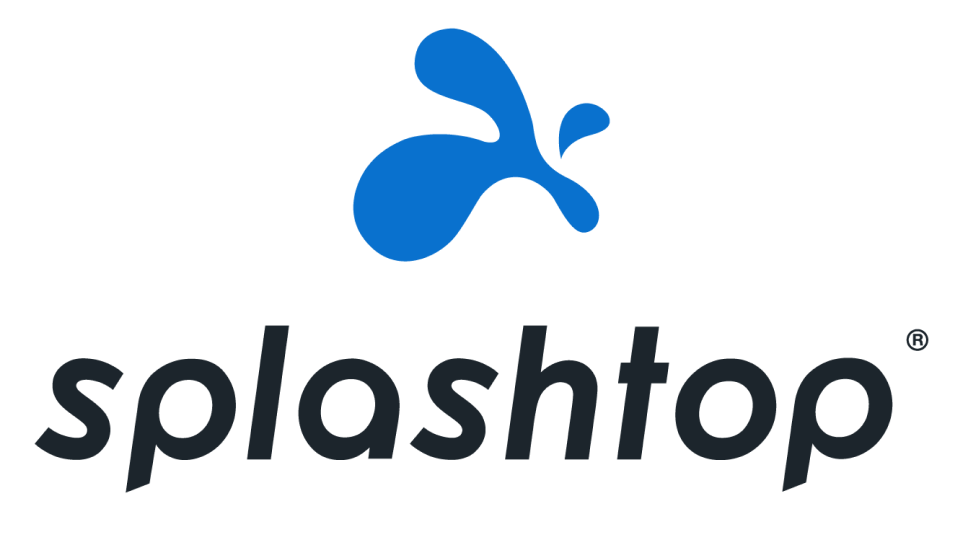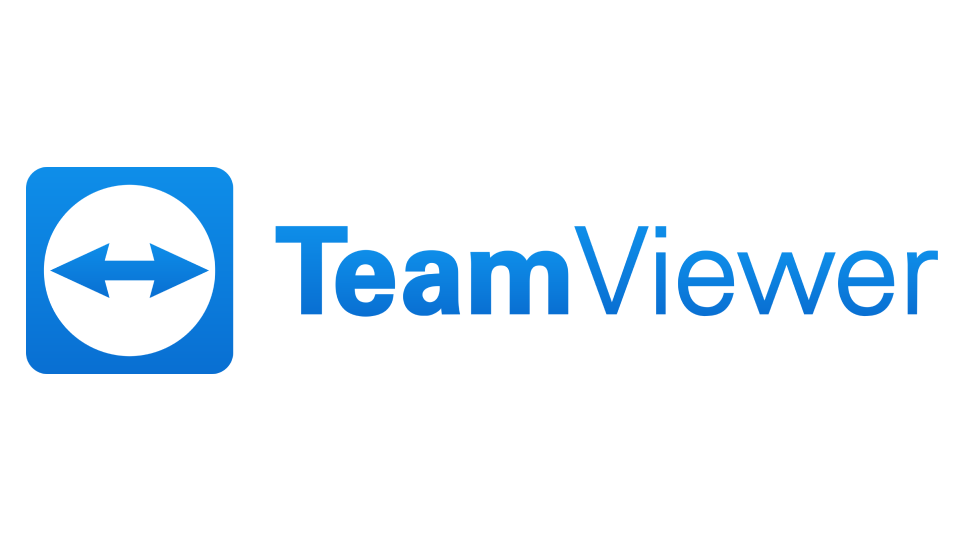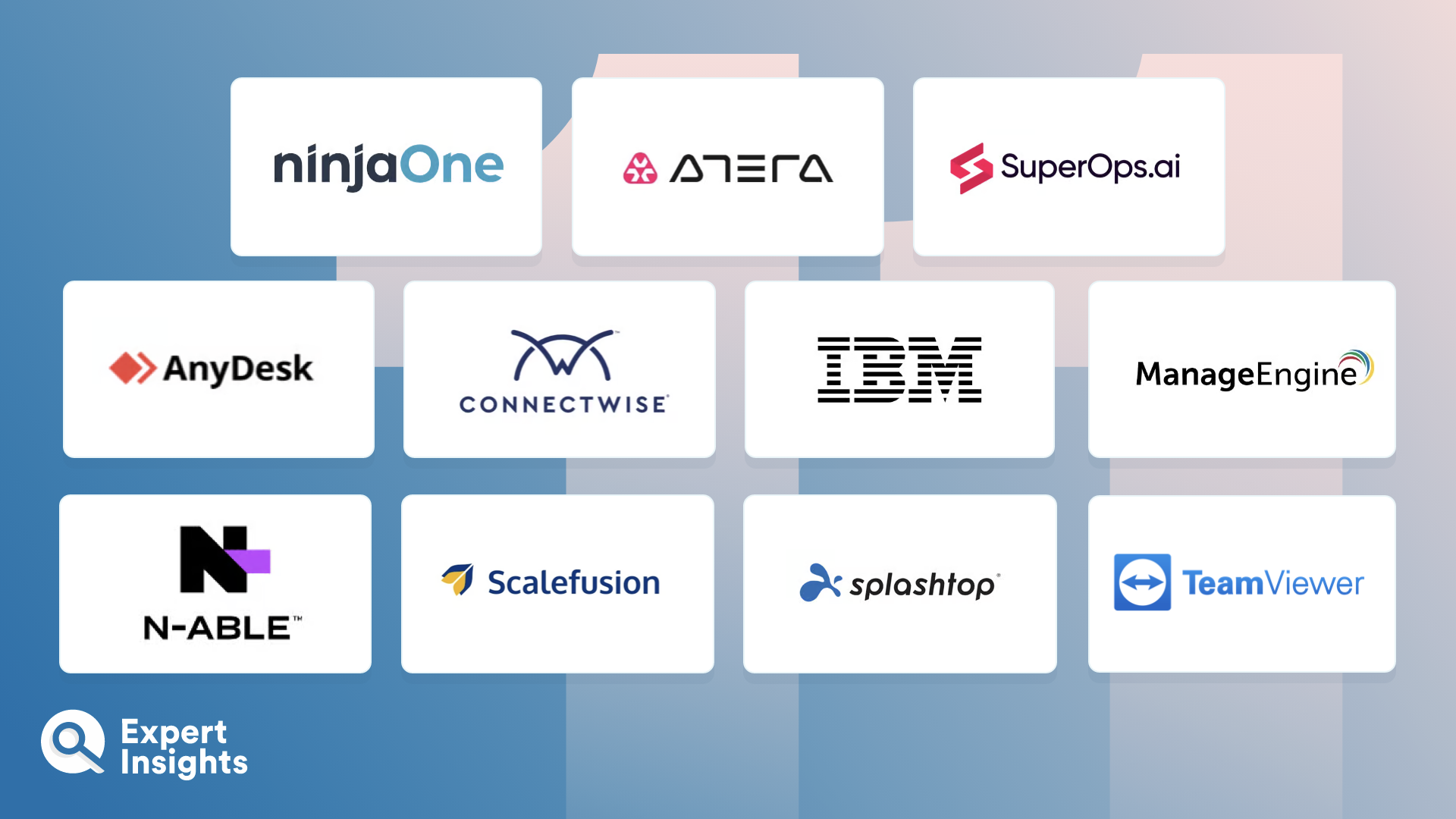Desktop management solutions allow you to streamline and unify any network management tasks that need to be carried out on endpoint devices. Common tasks include the implementation of virus, or malware protection, patch management, helpdesk functions, and install/move/add/change (IMAC) tasks. Desktop management solutions will work not only on your PC desktop, but also your laptops, tablets, and other user devices.
Some desktop management solutions will also allow you to monitor and control identity and access. This ensures that your devices are being use by valid users, and that you can control this from a central, unified dashboard. Desktop management solutions can be configured in house or managed by a third-party provider.
Desktop management solutions are closely linked to Remote Management and Monitoring (RMM) solutions. While both types of solutions are capable of monitoring devices, analysing events, and performing management tasks, they differ in the way this is achieved. RMM solutions operate at scale across an entire network, and can encompass all of the servers, workstations, and network devices. They can manage software updates, identify hardware failures, and security threats. Desktop management solutions are more focused on managing individual desktop devices, with specific configuration needs. There is, understandably, a lot of overlap in this category; many RMM solutions work as effective desktop management solutions, too.
In this shortlist, we’ll identify the top desktop management solutions, and cover their key features and use cases. We will offer our expert opinions on each solution’s stand out features and identify the type of organization that would benefit from each platform.





